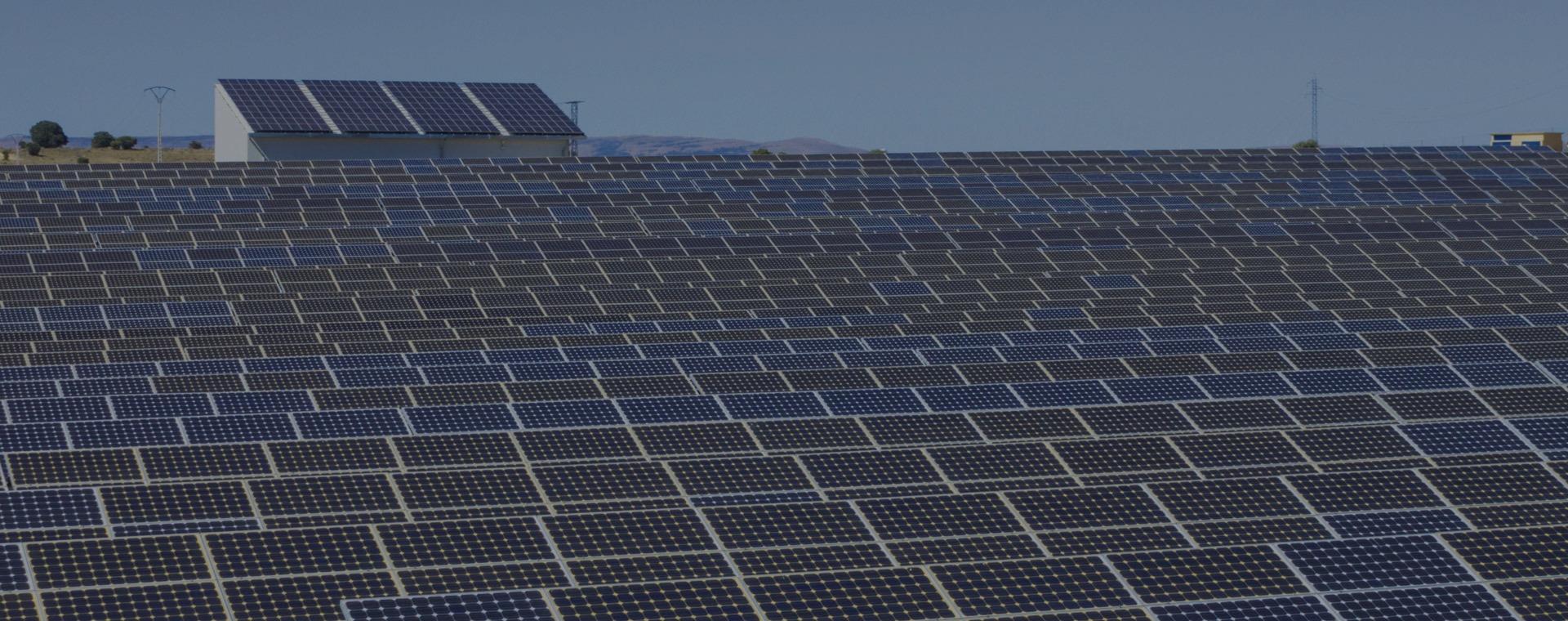As solar panels have gotten cheaper over the years, more and more Indians have begun embracing the sun. The government, too, has thrown its weight and money behind the development of solar technology — the cheapest and most independent way for people to power their lives — to meet its ambitious target of generate 40 GW of power from rooftop projects by 2022.
And one of the ways the Indian government has been going about doing this is through net metering. An easy way to convert a simple rooftop into a solar power plant, this concept is viable and sustainable at both institutional and individual levels.
Unfortunately, thanks to a lack of awareness, solar adoption through net-metering is yet to pick up pace in India, even in the states and UTs where it has been implemented.
So before we go further, here’s everything you need to know about the net metering system in India.
The Concept

Simply put, net metering is a process in which the electricity board keeps track of the energy consumed as well as generated by a solar-powered house. It allows consumers to feed surplus solar power into the state’s power grid when they don’t need it, and receive a credit on their electricity bill.

For example, if you live in a state that has implemented the net metering policy, then you get credited for the electricity you deliver back to the grid at the same retail price that you pay for the electricity you take from the grid.
Benefits
Needs Less Resources
Since net metering solar systems are installed on the roofs of residential houses and commercial buildings, they do not require large tracts of land like their large solar park cousins.
Also, as they use the state-owned power grid as a giant battery, they don’t require expensive battery backups to balance out the power consumption through the day. These reduces the expenditure on installation.
Reduction in Power Bill
With net metering systems, you only pay for the deficit power consumed i.e. the difference between the power consumed by the household from the grid and the solar power generated from the panels. This drastically reduces your electricity bill while giving you an opportunity to earn an income.
Low Maintenance
Net metering system components like solar panelss, inverter and mounting structures need low to no maintenance. Since these installations do not require generators or batteries, considerable expense for their maintenance is avoided. This saves not just your money but your time too.
Improved Energy Utilisation
Power travelling from the grid to your home incurs significant transmission and distribution losses, thus wasting electricity generated by burning fossil fuels. These losses are almost nil in net metering systems as energy is generated and consumed at the same location.
This not only reduces energy congestion and stress on overall grid infrastructure more efficient, it also provide financial relief to the distribution companies (DISCOMs) and improved grid voltage to consumers.
Lower per capita energy footprint
Deploying net metering systems also incentivizes the adoption of localized power generation through renewable technologies. this helps cut down the country’s per capita energy footprint.
How It Works
In a rooftop net metering system, the DC power generated from the solar panels is converted to AC power using a power conditioning unit and is fed to the grid (the phase lines are selected depending on the capacity of the installed system and the regulatory framework specified by respective States).
These systems generate power during the day time, which is utilized fully to power captive loads and feed excess power to the grid. In case solar power is insufficient due to cloud cover or rain, the captive loads are served by drawing power from the grid.
To enable this system of net-metering, state electricity boards replaces the existing service connection meter with a bidirectional meter that displays the import and export energy separately.
As for the capacity, rooftop solar systems from 1 kW to 500 kW can be set up on residential roofs, with about 12 sq.m of shadow-free area being required to set up a 1 kW grid at home. This are includes provision for clearances between the rows of solar panel arrays.
The solar panels themselves must be installed on the roof with a south facing tilt (at an angle that depends on the latitude of the location) while the grid inverter must placed indoors in a dry, safe and easily accessible place.
Source: https://www.thebetterindia.com/121267/solar-panel-rooftop-net-metering-home-india/


